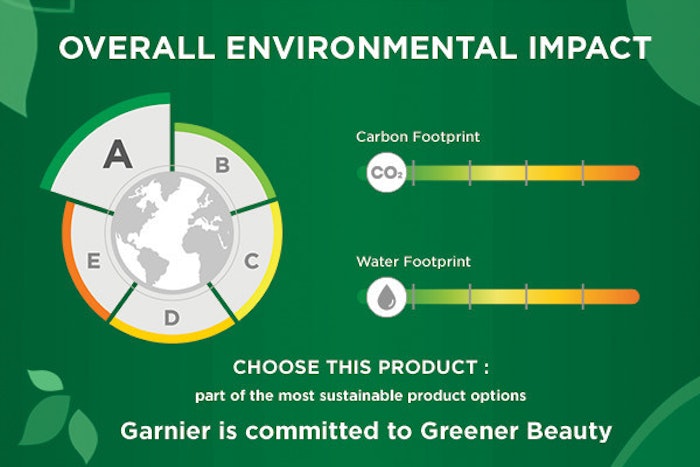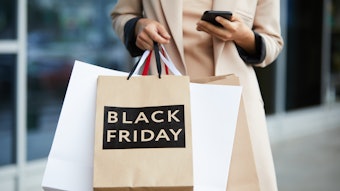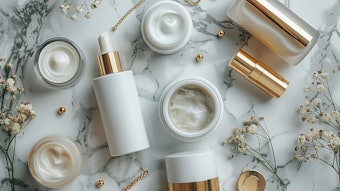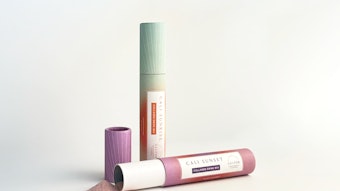
L’Oréal USA has debuted its Product Impact Labeling System in the United States, which first launched in France in 2020.
The tool gives consumers the relative environmental impact of their product compared to other L’Oréal products in the same category.
Pioneered by Garnier’s hair care products, the Product Impact Labeling system will roll out progressively across L’Oréal’s brand portfolio including Kiehl’s, L’Oréal Paris, Redken and CeraVe.
Previously: Good Face Project Launches Sustainability & Transparency Platform
Products are given a ranking on a scale from A to E by considering 14 planetary impact factors such as greenhouse gas emissions, water scarcity, ocean acidification, and impact on biodiversity, measured at every stage of a product’s life cycle—from ingredients to packaging, manufacturing process, transport and ultimately use and disposal.
Following the ingredient list, consumers can find the Product Impact Label of Garnier hair care products on the product information webpage.
The methodology behind the Product impact labeling system was co-developed with 11 international and independent experts and scientists between 2014 and 2016. L’Oréal’s methodology aligns with the European Commission’s Product Environmental Performance recommendations.
L’Oréal USA also revealed the findings of a new study conducted in partnership with Morning Consult, which surveyed 2,000 American adults.
The study found that 54% of American expect to find information about sustainability-related factors on company websites.
In addition, nearly 60% of Americans believe they have become more sustainable in the past year.
Most Americans are concerned with at least one of the pre-determined environmental impacts. Human destruction of various environments is the most recognized issue at over 50%, followed by water scarcity at 43%, air pollution like dust and dirt at 37%, and ozone depletion at 35%.
Marissa Pagnani McGowan, chief sustainability officer for North America, said, "L’Oréal’s Product Impact Labeling system is a core component of the L’Oréal for the Future program, which outlines our sustainability commitments for 2030. Its rollout in the United States has the power to help change consumer behavior and, therefore, accelerate the beauty industry's progress toward greater sustainability. This comes at a time when sustainability is increasingly becoming a focus for more American consumers. Using principles of environmental science, this tool will empower consumers, support more informed purchasing decisions and foster a culture of greater brand transparency.”










